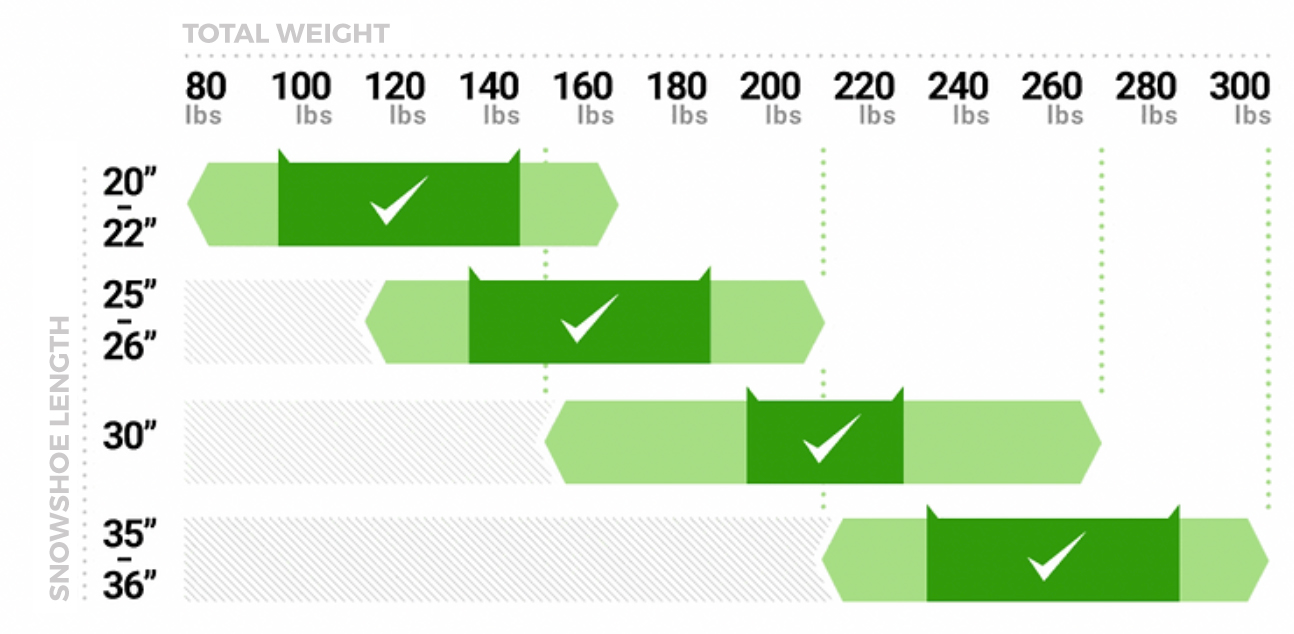Snowshoe walking, also known as “winter snowshoeing”, consists of walking on snow with snowshoes.
This fun and accessible way of enjoying winter is also an excellent exercise.
Snowshoe walking, also known as “winter snowshoeing”, consists of walking on snow with snowshoes.
This fun and accessible way of enjoying winter is also an excellent exercise.
When you first decide to try snowshoeing, selecting the appropriate equipment can seem a daunting task.
Good snowshoes can certainly make a huge difference. In fact, they have a direct impact on your overall enjoyment.
Fortunately, considerable technological improvement of this equipment has been achieved over the last few years, while models have been diversified to better adapt to all kinds of terrain.
Most snowshoes offered on the market fall into three categories: trail and off trail, backcountry and running.
1-Trail snowshoes:
Designed specifically for use on marked trails and hard snow. They are available in two types: snowshoes for uncharted or rarely visited terrain, where snow is not packed, or snowshoes for marked paths. Both types can be used by beginners or by occasional enthusiasts.
2-Backcountry snowshoes:
Engineered to maximize traction on more challenging terrains. They are sturdy and can be paired with technical winter boots. Additional grip is obtained with side crampons and, in some cases, a heel lift for steep inclines.
3-Running snowshoes:
Now increasingly popular in Quebec, they are built to provide a fast, fluid stride on flat, groomed trails. They are considerably shorter and narrower than other types of snowshoes.
In terms of boots, there are no specific models dedicated to snowshoeing, as there are numerous binding systems that can be adapted to almost every type. If you opt for backcountry snowshoes, remember that their wider, more resistant binding systems are best matched with mountaineering, technical boots. On the other hand, running snowshoes work better with light footwear, such as winter running shoes.
Consider adding walking poles for even greater comfort.
Choose your poles according to your height and the type of activity you’re interested in. Longer poles generally offer more stability and lift, while shorter ones are lightweight and easier to handle. As for grip, select padded handles for added comfort and support.
Use this chart to choose the right size for you:
User’s height – Stick length
1,24 m – 1,32 m —– 95 cm
1,35 m – 1,42 m —– 100 cm
1,45 m – 1,52 m —– 105 cm
1,55 m – 1,60 m —– 110 cm
1,63 m – 1,68 m —– 115 cm
1,70 m – 1,75 m —– 120 cm
1,78 m – 1,83 m —– 125 cm
1,85 m – 1,91 m —– 130 cm
1,93 m – 1,98 m —– 135 cm
2 m and more ——— 140 cm
Choosing the right snowshoes according to your weight:

Although selecting the right snowshoes may be overwhelming, a careful look at the various types on offer, with a good understanding of your skill level and the type of terrain you’d like to explore, finding what you’re looking for will be a breeze! Enjoy your walk!